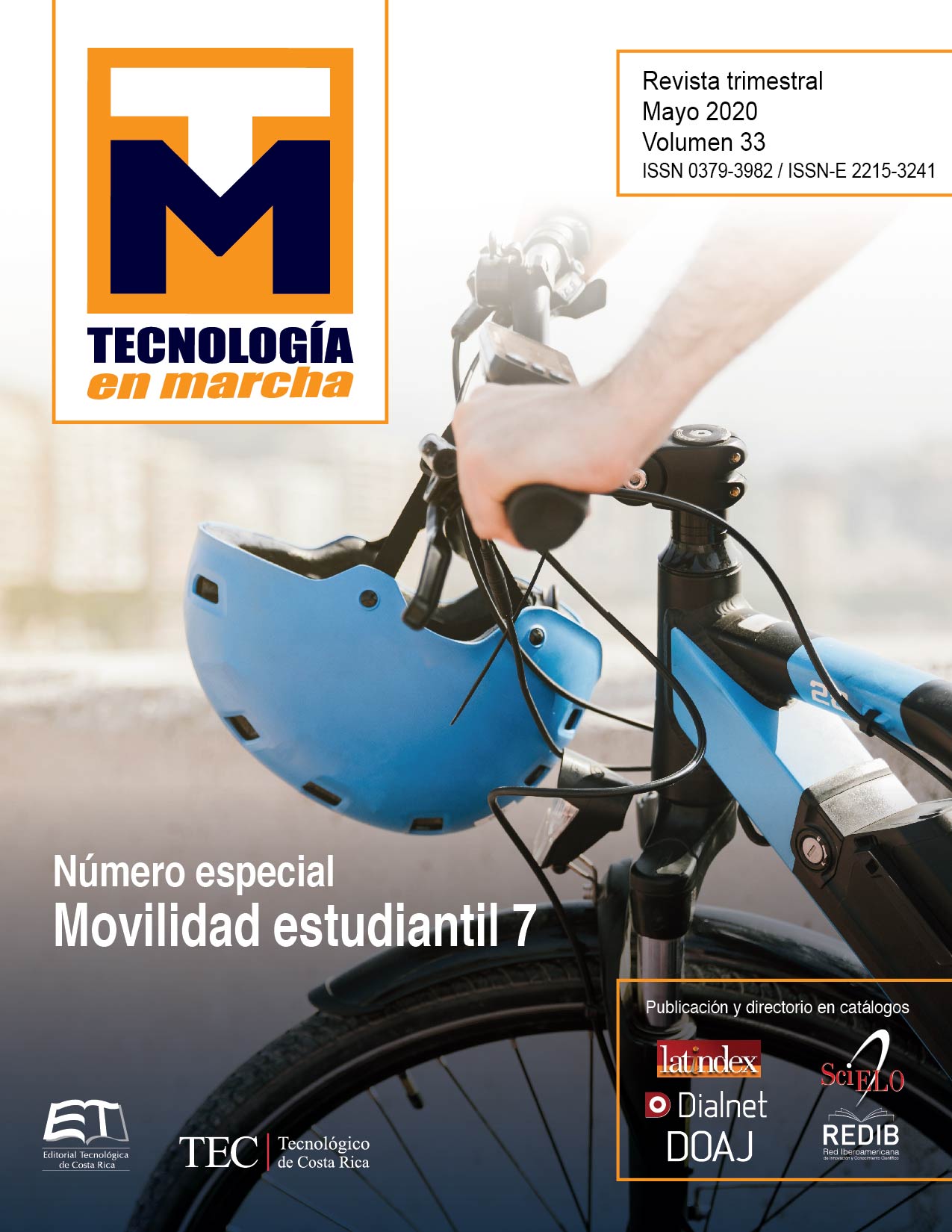A new method to predict average flow velocity and conveyance capacity of meandering streams
Contenido principal del artículo
Resumen
This paper aims to be a contribution to the evaluation of the resistance factor of the alluvial meandering streams of natural origin. The well-known “divided resistance” approach, commonly adopted nowadays for straight streams with a bed covered by ripples and dunes is extended to include an additional term that considers the resistance due to the meandering of the stream. For the present analysis, 40 laboratory experiments and 285 field observations are evaluated, where it is found that the contribution of the meandering of the stream to its overall resistance may vary from negligible to very substantial, which depends on the stream geometric and flow conditions.
In addition, it is determined that the most influential components for the resistance factor in meandering conditions depend on the relation between channel-averaged flow depth (hav) and the average grain size of the bed material (D50), the deflection angle of a meandering flow at the crossover Oi (θ0), and also the relation between flow width (B) and the channel-averaged flow depth (hav); these relations are used to develop a mathematical expression capable to predict the resistance to flow due to the meandering of the stream. It is shown that the equation introduced in this paper leads to considerably improved predictions of average flow velocity and conveyance capacity of meandering streams, which is of significance for an improved management of inland waterways.
Detalles del artículo

Esta obra está bajo una licencia internacional Creative Commons Atribución-NoComercial-SinDerivadas 4.0.
Los autores conservan los derechos de autor y ceden a la revista el derecho de la primera publicación y pueda editarlo, reproducirlo, distribuirlo, exhibirlo y comunicarlo en el país y en el extranjero mediante medios impresos y electrónicos. Asimismo, asumen el compromiso sobre cualquier litigio o reclamación relacionada con derechos de propiedad intelectual, exonerando de responsabilidad a la Editorial Tecnológica de Costa Rica. Además, se establece que los autores pueden realizar otros acuerdos contractuales independientes y adicionales para la distribución no exclusiva de la versión del artículo publicado en esta revista (p. ej., incluirlo en un repositorio institucional o publicarlo en un libro) siempre que indiquen claramente que el trabajo se publicó por primera vez en esta revista.

